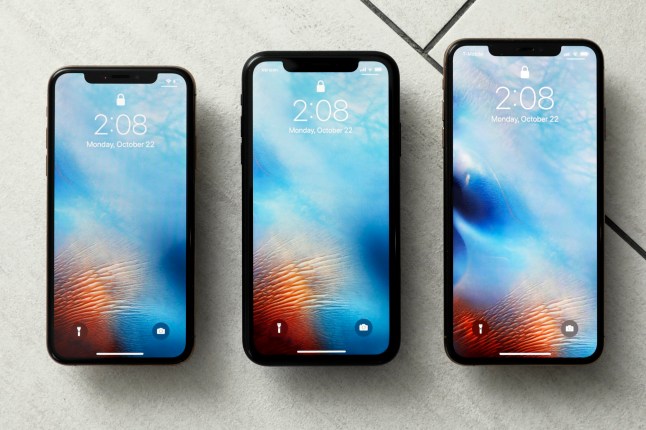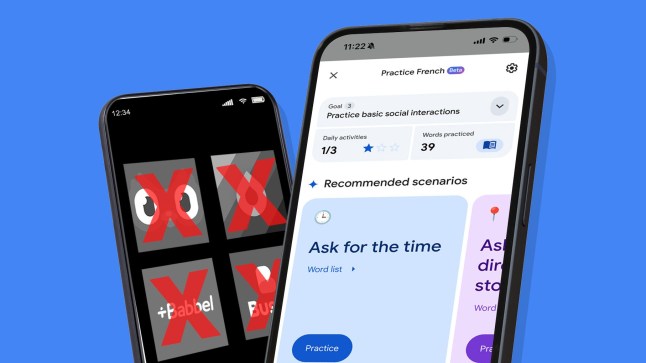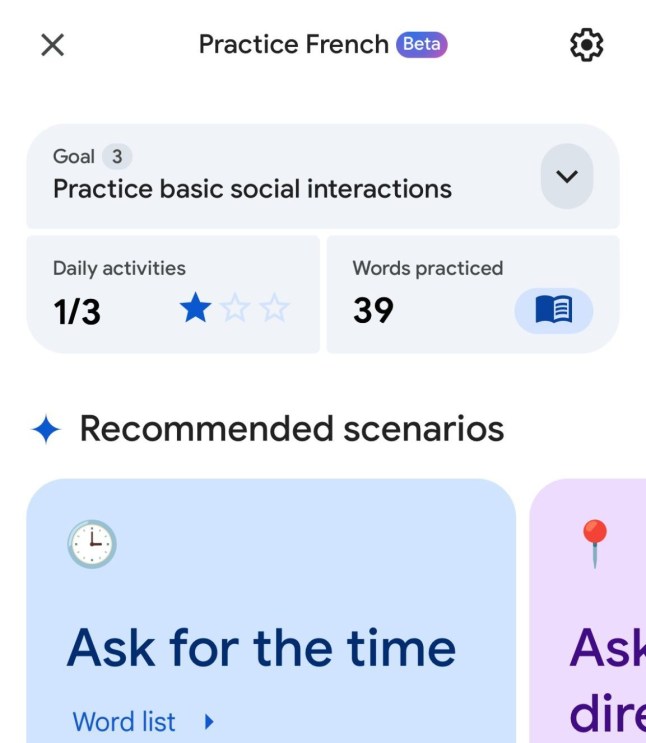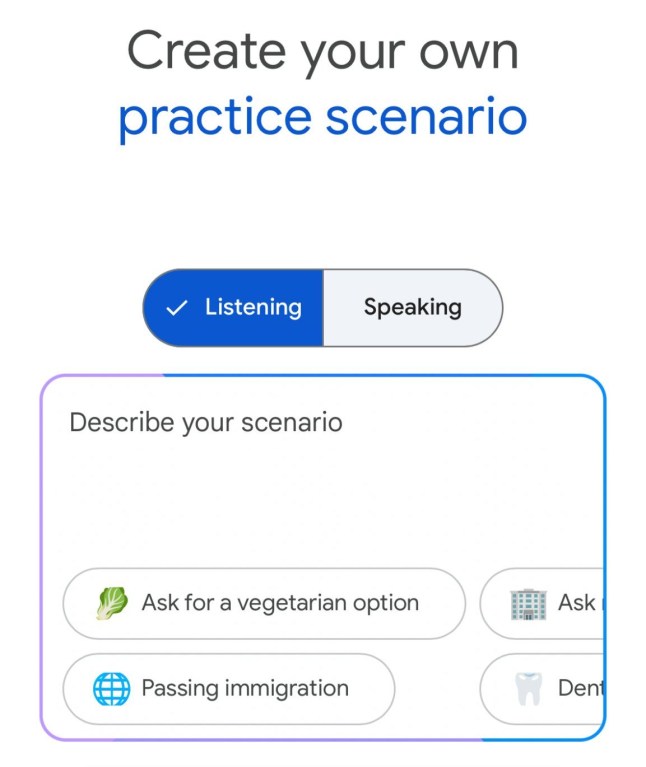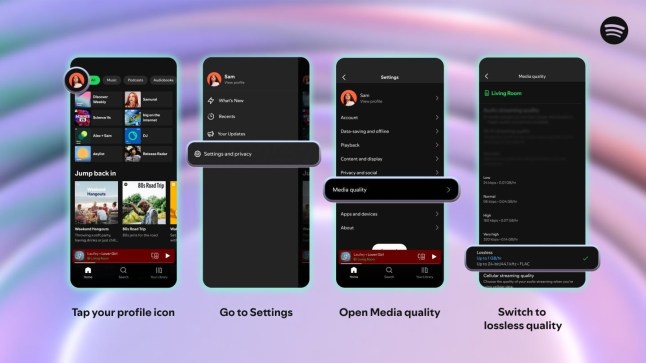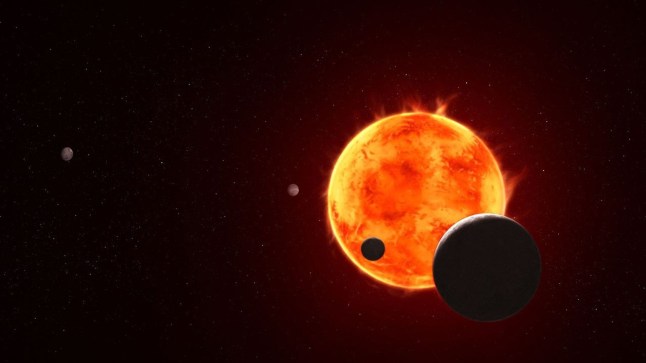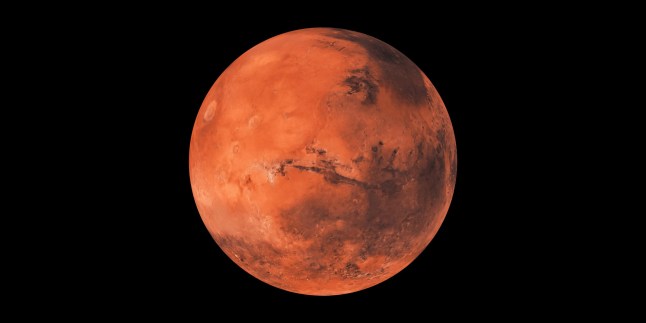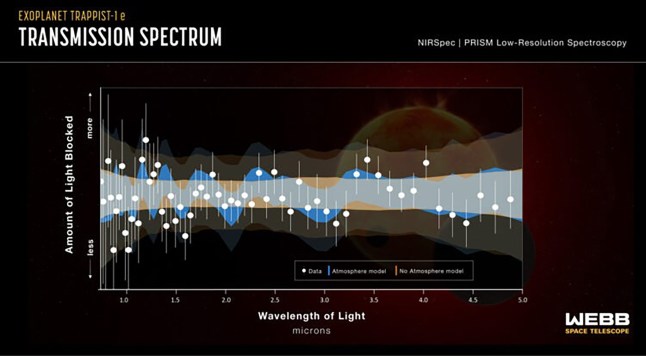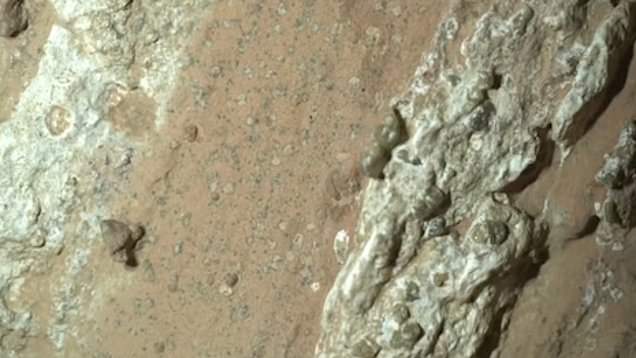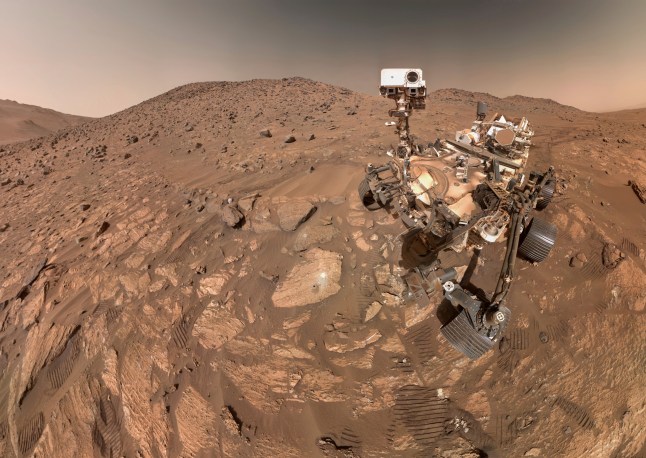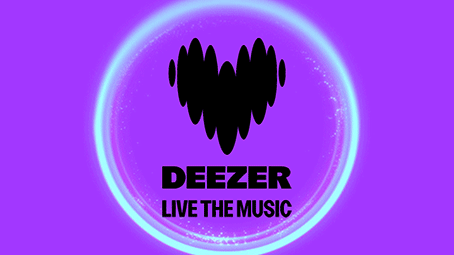
If you heard a new song on a streaming platform, would you realise if it was AI generated? Would you care?
This is a question we’re going to have to think about more, with a surge in tracks generated by algorithms.
French streaming platform Deezer has released new figures showing that over a quarter of tracks delivered to them every day are now fully AI generated.
Now at 28%, this is a big jump even from the beginning of this year, when the figure was only 10% in January, rising to 18% in April.
Deezer, which launched in 2007 and is a rival platform to Spotify, said it is now being inundated with 30,000 fully AI-generated tracks every day.
This is not just bad for listeners, who may think they’re supporting real bands only to be listening to a batch of coding.
It can also be downright criminal: Deezer previously explained to Metro that many AI tracks are uploaded for fraudulent purposes.
To view this video please enable JavaScript, and consider upgrading to a web
browser that
supports HTML5
video
So-called streaming farms allow for tracks to be listened to over and over again by bots to game the system, and earn royalties.
It would be too obvious if an unknown artist suddenly racked up millions of streams, so fraudsters flood streaming platforms with lots of fake songs which are each streamed just a few thousands times: enough to make money, but less likely to make people suspicious.
Aurelien Herault, Chief Innovation Officer, told Metro: ‘If an artist is able to gain a significant number of users streaming their music, they then become entitled to a bigger share of the royalty pool.
‘This is true whether an artist is using AI or not; the only difference being that AI music is significantly easier to produce.’
Deezer prides itself on being the only streaming platform to tag if a track is generated by AI, giving transparency to listeners.
The need for this was illustrated after a mysterious ‘band’ called The Velvet Sundown racked up millions of streams on Spotify.
When they first became popular, there was nothing to indicate the band was ‘synthetic’ aside from their lack of social media presence, and some oddly smooth media images.
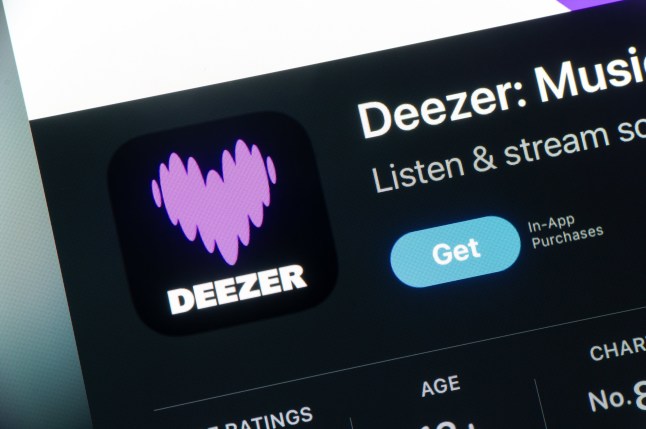
To identify and catalogue music that was made by computers, Deezer uses a detection tool which looks for hallmarks of AI music, made by programmes like Suno and Udio.
Alexis Lanternier, CEO, said: ‘Following a massive increase during the year, AI music now makes up a significant part of the daily track delivery to music streaming and we want to lead the way in minimizing any negative impact for artists and fans alike.
‘Our approach is simple: we remove fully AI-generated content from algorithmic recommendations and we don’t include it in editorial playlists.
‘This way we ensure the impact on the royalty pool remains minimal, while providing a transparent user experience. And most importantly, we continue to fight fraudulent activity, which is the main driver behind uploading fully AI generated content.’
A study last year by CISAC and PMP Strategy found that nearly 25% of creators’ revenues are at risk by 2028, which could amount to as much as €4 billion by that time.
The report warned that even if listeners aren’t seeking out the tracks directly, AI music could become the go to for background music such as used in public places, or on social media.
Meanwhile, it could be used to cut costs for licensing music in lower budget films, series or games.
Get in touch with our news team by emailing us at webnews@metro.co.uk.
For more stories like this, check our news page.



